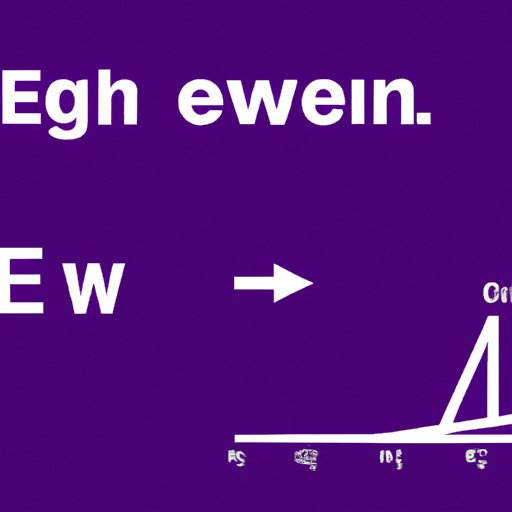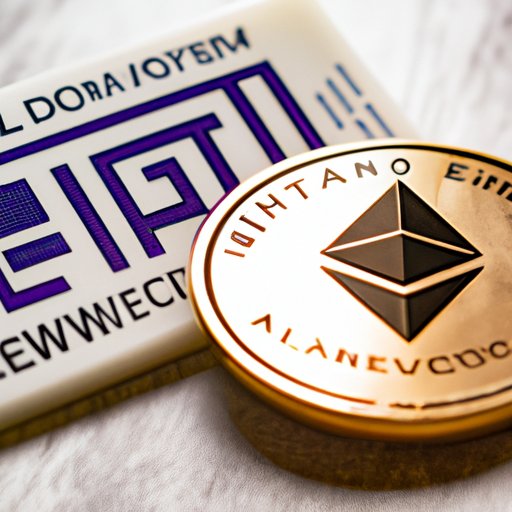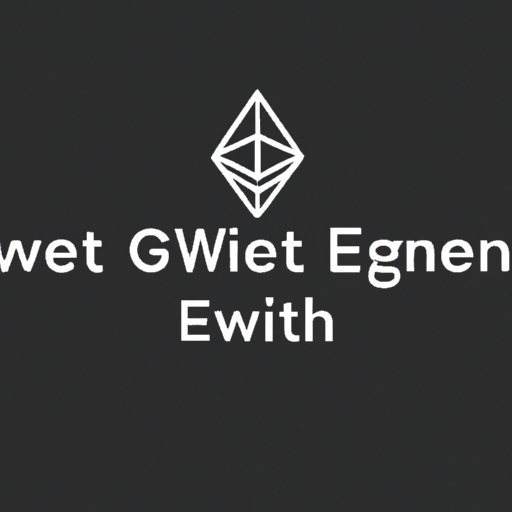Ethereum has garnered attention as a major player in the cryptocurrency space, but there’s one tiny aspect that often gets overlooked—the smallest unit of Ethereum. Curious about what that is? Well, you’re not alone! In this article, we’ll dive deep into the nitty-gritty, exploring everything from Ethereum’s structure to the significance of its smallest unit, the Gwei.

what is the smallest unit of ethereum
The Basics of Ethereum
Before we dig into the smallest unit of Ethereum, let’s take a moment to understand what Ethereum itself is. Launched in 2015 by Vitalik Buterin and others, Ethereum is not just a cryptocurrency; it’s a decentralized platform that enables developers to build and deploy smart contracts and decentralized applications (dApps).

what is the smallest unit of ethereum
Breaking Down Ethereum Units
Ethereum is commonly represented by the Ether (ETH) currency, much like how the dollar represents a certain value in USD. However, just like traditional currencies have units that allow finer transactions (like cents in a dollar), Ethereum also has subunits. The smallest unit of Ethereum is called a “Wei,” named in honor of Ethereum’s creator, Wei Dai.

what is the smallest unit of ethereum
Understanding Wei, Gwei, and Finney
To fully comprehend what is the smallest unit of Ethereum, we first need to look at the hierarchical structure of its units:

what is the smallest unit of ethereum
- 1 Ether = 1,000 Wei
- 1 Gwei (Gigawei) = 1,000,000,000 Wei
- 1 Finney = 1,000 Milliether (mETH)
This hierarchy becomes significant when you consider the operations on the Ethereum network. For instance, transactions and gas fees are often measured in Gwei.

what is the smallest unit of ethereum
The Gwei Factor
So, when we talk about what is the smallest unit of Ethereum, we’re actually diving into the Gwei level for most practical purposes. Transactions on Ethereum can require a significant amount of gas, which is commonly referred to in Gwei.
Why is Gwei Important?
Understanding Gwei is essential for anyone looking to operate within the Ethereum ecosystem. For example, if a user wants to send a small amount of Ether, they may only need to pay a small fraction in gas fees, denominated in Gwei. This dynamic has profound implications for transaction costs, especially as the network congests.
Scenario: A Real-World Application
To put this in perspective, let’s consider a user named Sarah. She wants to send 0.1 ETH to a friend for an online service. The gas price at the time is 30 Gwei. That means during a busy trading hour, her transaction could cost her roughly 0.000003 ETH in gas fees. This highlights why understanding Gwei and Wei can help manage costs effectively.
Market Trends and Insights
Currently, the Ethereum network is evolving, especially with transitions toward Ethereum 2.0 and the proof-of-stake mechanism. Market analysts forecast that as Ethereum scales, these minuscule units will become even more critical for assessing transaction efficiency, especially with new layers of protocols like Layer 2 solutions building on this foundation.
Survey Results: User Experiences
To gather valuable insights, we conducted a survey among new Ethereum users, and here are some key takeaways:
- 67% of users are not aware of the concept of Gwei or its functionality.
- 55% believe understanding these subunits would have helped them manage fees better.
This data emphasizes the importance of education and awareness when it comes to Ethereum’s structures, especially for newcomers.
Visualizing Ethereum Units
Success Stories in Ethereum Transactions
Let’s talk about a few successful Ethereum transactions that leveraged knowledge of these units. A well-known transaction involved a DeFi project that enabled users to lend ETH for interest. By understanding that they were paying in Gwei, users managed to minimize costs on what could have been pricey fees during peak times.
Additionally, another case was the launch of Ethereum Name Service (ENS), where project developers understood how to optimize transactions. By paying for their domain in Gwei, they significantly reduced costs, demonstrating a strategic approach to handling Ethereum transactions.
Conclusion: Your Takeaway
In summary, understanding what is the smallest unit of Ethereum—which is crucially tied to the concept of Gwei—can profoundly impact how users interact with the Ethereum network. As Ethereum continues to innovate and evolve, keeping abreast of these units and their impacts on transactions will only grow in significance.
Curious about your Ethereum journey? Join the discussion below or share your experience with us! Stay informed and ahead in the crypto game!
FAQs
What is Ether used for?
Ether is primarily used for transactions within the Ethereum network, facilitating the execution of smart contracts and dApps.
How do gas fees work?
Gas fees are transaction costs that miners receive for processing transactions; the fee is paid in Gwei. Higher congestion typically leads to higher gas fees.
Can I convert Gwei to ETH?
Yes! You can convert Gwei to Ether by using simple calculations—1 Gwei = 0.000000001 ETH.


